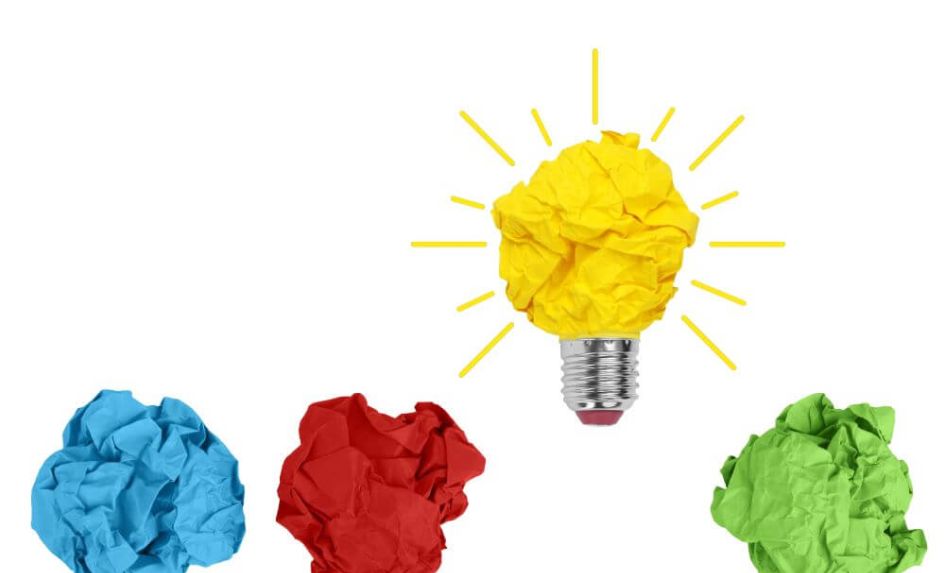Metacognition is the mental process which enables learners to plan, monitor and evaluate their own learning. But can it really help younger children in the classroom?
The answer is yes. It’s never too early to encourage children to take control of their own learning – and that’s what metacognition is all about.
To learn successfully, pupils need a range of strategies to tackle tasks, and metacognition happens when pupils reflect on which strategies helped them with a new skill and what they might change next time.
Embedding metacognition into teaching and learning needn’t involve huge changes. It’s more about tweaking what you’re already doing and asking slightly different questions in slightly different ways.
Here’s how it might work in a Year 3 lesson on the four times table.
Planning
When considering how to learn a new skill, learners are encouraged to think about what they are being asked to do. They review which strategies they would use and whether any strategies they have used before might be helpful.
The teacher introduces the topic and explains there will be a test, which gives the children something to work towards. The teacher asks the children what helped them remember their two-, five- and ten-times tables which they have already learnt.
The children might talk about what they did, such as counting in steps, working in pairs or singing songs.
The teacher then encourages the children to try out different strategies for learning, such as using a number stick, repeating multiplication facts or counting on a number line. The children try out all these strategies while working in pairs.
Monitoring
While learning the skill, children reflect on whether the strategy they have adopted is successful or whether they might need to try an alternative approach.
The teacher sets some questions on the board for the children to answer individually, and the children then mark their own work. The point of this exercise is to help pupils recognise how helpful their learning strategies were.
This is an opportunity for a pause in the learning where the children stop and take stock of their strategies and discuss them with other pupils.
The teacher supports the children in monitoring their work by asking them to mark each learning strategy with a red dot in the margin if they felt it wasn’t helpful, or a green dot if the strategy has helped and they would carry on using it.
Many children find it challenging to change a strategy if the one they have chosen is not successful, and pupils may need reassurance that it is fine to say that they didn’t find a number line helpful and they prefer to repeat the multiplication facts in their head.
It’s a good opportunity for the teacher to explain that the system they find helpful might not be the same for the person they are sitting next to.
Evaluation
Once the skill has been mastered, teachers ask learners to reflect on the effectiveness of the strategy they chose in order to identify approaches which could be used in other, different contexts.
At this point, pupils should be reminded about the objective, which in this case is learning the four times table for a test.
Pupils then agree what success looks like for them. For some, it might be to get the answer to eight times four correct, for others it might be about getting nine out of 10 right answers.
Pupils mark their own work in the test and reflect on how successful they have been. If they were successful, they should consider which strategy they used and when else it might help them, such as for learning their eight times table or their spellings.
If they were not successful, pupils should think about which other method might help next time.
Reflection is at the heart of metacognition, and pupils need to experience opportunities to struggle and overcome difficulties in order to develop metacognitive thinking. Even the youngest children can gain important understanding about their own learning and apply this understanding when they tackle new skills.
Jane Downes is a teaching and learning adviser for Juniper Education (junipereducation.org)










